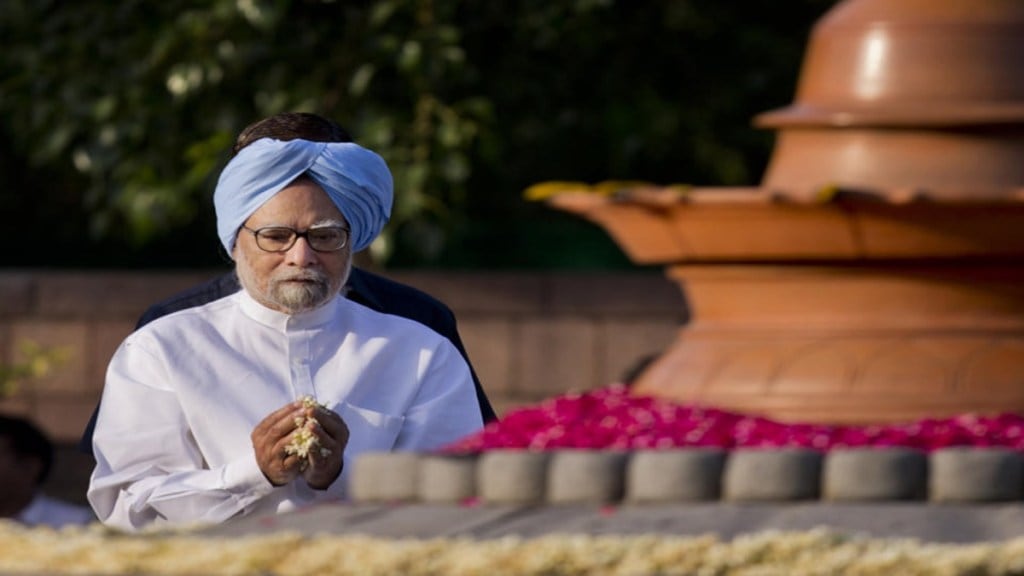A distinguished academic, economist and lawmaker, Manmohan Singh will be forever admired and revered as the chief architect of India’s reforms. He was determined to make India a market-driven economy and, backed by Prime Minister Narasimha Rao, took path-breaking policy measures to make it one. His handling of the severe economic and balance of payments crisis, early on in his tenure, revealed his ability to come up with solutions. Devaluing the rupee against the dollar by 18%, in two stages, was no easy task. Also, Singh realised that the Indian currency needed to be more market-determined and made it largely that by 1996. The dismantling of the licence raj, and the revamped industrial licensing policy, freed many industries from the shackles of regressive licensing controls. The earlier unhealthy regime that fostered monopolies was liberalised and many more businessmen were empowered. Restrictions on imports were eased, throwing open the economy to global competition, and ushering in more of a free market that allowed for greater competition and encouraged entrepreneurship. Restrictions on capital flows too were eased. Amendment to the Monopolies and Restrictive Trade Practices Act allowed businesses to utilise their surpluses to foray into sunrise sectors even as it curbed the monopoly status that public sector enterprises had enjoyed for decades.
During the five years, Singh brought in changes to the taxation framework both for direct and indirect taxes. He reduced tax slabs, raised the exemption limit, and lowered the maximum marginal rate of personal income tax from 56% (including the surcharge) to 40%. The long-term capital gains tax was cut. Ad valorem excise duties and a presumptive tax for small units were introduced. Critically, customs duties were slashed. Singh’s reforms for the banking sector and money market sector too were pioneering. After the regressive step taken to nationalise banks in 1969, the banking sector was opened up to the private sector with new licences being given. Even though the Congress Party wanted control over the nationalised banks, the government’s ownership was reduced. Importantly, banking operations were eased, giving lenders more flexibility. In a very tough decision, fiscal discipline was ushered in with steps taken to abolish the ad hoc treasury bills. This meant the government would have to borrow from the market to fund the deficit and could not access the Reserve Bank of India’s resources. All of this required and vision and courage, which he had in abundant measure.
As Prime Minister, Singh built on the achievements of the Vajpayee government, staying the course on reform despite it being difficult to always secure a consensus in a coalition. While the guaranteed wage employment scheme for rural households, or MGNREGA, lifted rural India, the National Food Security Act (2013) ensured subsidised food grains for nearly two-thirds of India’s population. The Unique Identification Authority of India project came into being under his watch. The Right to Information Act (2005) strengthened transparency and accountability, empowering citizens to access public information. His biggest achievement was the signing of the Indo-US nuclear treaty on which he staked a great deal. Without the foundation that Singh built, India could never have become the world’s fifth biggest economy. At heart he was a simple Indian. As bold as he was in reforming the economy, as an individual Singh was completely the opposite, unassuming to the core. Always warm and courteous, Singh will be remembered, above all, as a gentleman.


